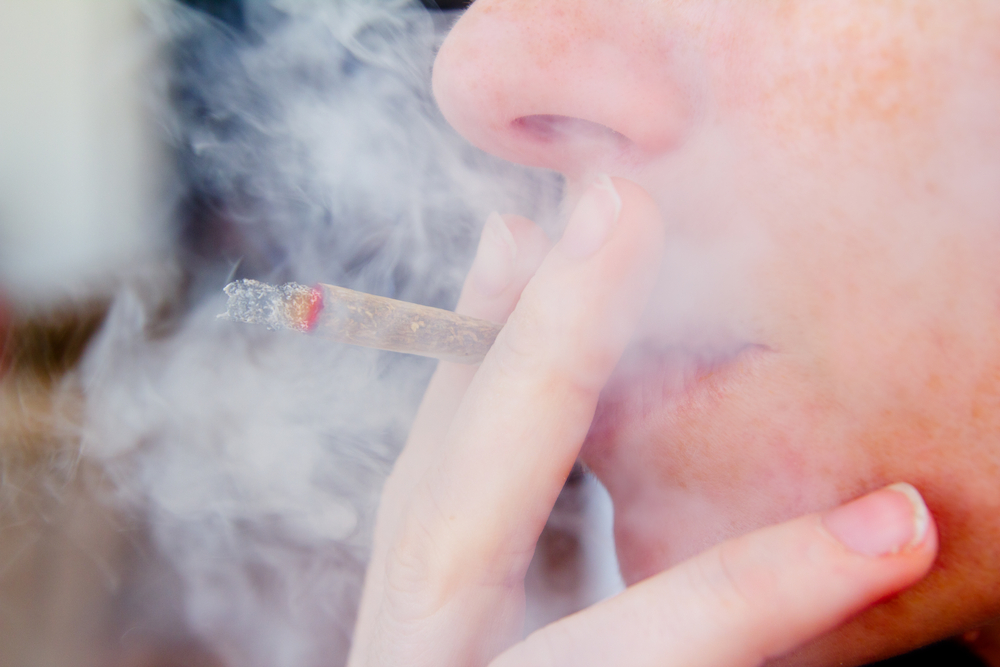Marijuana use during adolescence damages the brain. That’s a definite. But that’s just the beginning.
New research suggests that marijuana use during adolescence may cause long-term damage to the immune system, resulting in diseases such as multiple sclerosis, inflammatory bowel disease and rheumatoid arthritis in adulthood.
Of course, people who have never touched marijuana can develop these diseases, but marijuana use during adolescence seems to promote a susceptibility.
The Study – What They Did
Over 10 days, Italian scientists injected mice with THC, the main active component of marijuana. The mice were at a life-cycle stage that corresponded to adolescence in humans (about 12-18 years).
A second group of mice were injected with a placebo.
(Mice are used in scientific experiments because of their genetic and biological similarity to humans.)
After the 10 days of treatment, the mice were left to go about their business for about two months. At this time, they had reached adulthood.
What They Found
The findings, published in the Journal of Leukocyte Biology, revealed that the THC in adolescent mice triggered severe alterations in the functioning of their immune system.
These dysfunctions lasted long after the marijuana abuse stopped.
As explained by John Wherry, Ph.D, the Deputy Editor of the journal, ‘The immune system is characterised by an impressive ability to ‘remember’ previous exposures and changes during the period of immune system development, especially early in life and can have important long-term consequences.’
Adolescence is a highly sensitive period for the development of key brain and body processes. Marijuana use during this critical time has dramatic irreversible consequences. These effects may not be evident immediately, but once the damage is done, it’s done.



Leave a Reply